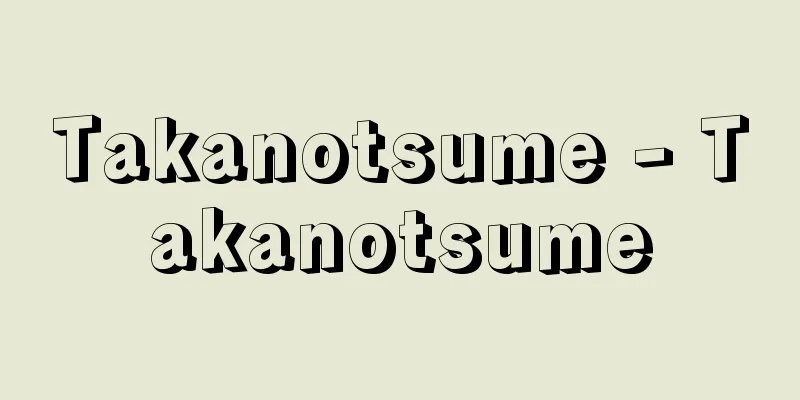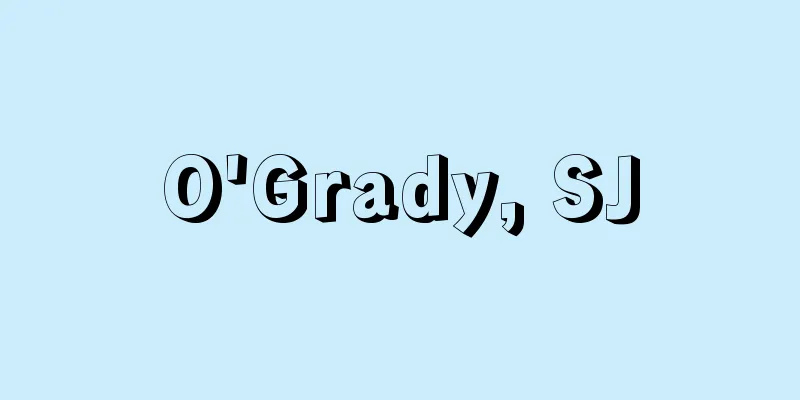Zakoba - Zakoba

|
Although it is generally known as a fish market, it is famous as the name of Osaka's fresh fish market in the early modern period. Osaka's fish market was formed around the beginning of the Keicho era (1598-1599) from Koraibashi 1-chome to Dosho-cho 1-chome on the west bank of the Higashiyokobori River, and continued in the southern part until the Summer Siege of Osaka, and in the northern part until around 1621 (Genwa 7). This fish market handled both raw fish and dried and salted fish, but the raw fish traders moved to Kamiuoya-cho in 1618 and established a market there. These raw fish traders established a branch office in Sagishima in 1679 (Enpo 7) to facilitate the coming and going of fishing boats, but gradually the trading of small fish became concentrated here, and before long it came to be called "Zakoba" or "Zakoba." The main store in Kami-Uoyamacho was also relocated here in 1679 (Enpo 7) and 1682 (Tenwa 2). During the Jo-o era (1652-1655), 40 wholesaler licenses were granted, giving the market a monopoly on fresh fish, and by 1772 (An'ei 1), the number had increased to 84. It continued to exist into the Meiji era, until it was abolished in 1931 (Showa 6) with the establishment of the Osaka Central Wholesale Market. [Kyushu Uchida] "The History of the Zakoba Fish Market, edited by the Fish Market Office (Reprint edition, 1968, Osaka Fisheries Distribution History Research Society)" ▽ "The Revival of the Middle Ages 2: Osaka from Honganji to Tenkaichi, edited by Takashi Sakuma (1989, Heibonsha)" This nishiki-e depicts the Zakoba Market, Osaka's largest fish market, which flourished during the Edo period. Since its opening in 1679 (Enpo 7) in Sagishima (now Nishi-ku, Osaka), the fish market flourished as the center of small fish trading in Osaka, and the painting shows wholesalers and fishmongers carrying poles coming and going. Merchants began to call Sagishima, where the fish market was located, "Zakoba (small fish market)," and eventually "Zakoba" came to be used to refer to fish markets. Zakoba Market continued to exist after the Meiji period, but with the opening of the Osaka Central Wholesale Market in 1931 (Showa 6), it came to an end. ( Owned by the National Diet Library ) Hiroshige Utagawa, "Illustration of famous places in Naniwa: The Fish Market at Zakoba" Edobori and Kyomachibori in Nishi-ku, Osaka City, Osaka Prefecture. "Osaka Prefecture Photo Album" (1914 (Taisho 3)) Owned by the National Diet Library . Zakoba Fish Market (Taisho Period) Source: Shogakukan Encyclopedia Nipponica About Encyclopedia Nipponica Information | Legend |
|
一般的には魚市場をさすが、近世大坂の鮮魚市場の名称として有名である。大坂の魚市場は慶長初年頃(1598~1599)東横堀(ひがしよこぼり)川西岸の高麗橋(こうらいばし)1丁目から道修(どしょう)町1丁目一帯にかけて形成され、南部は大坂夏の陣まで、北部は1621年(元和7)頃まで続いた。この魚市場は生魚と乾塩魚を取り扱ったが、生魚商は1618年に上魚屋(かみうおや)町に移転し市場をつくった。この生魚商たちは魚船の出入りの便のため1679年(延宝7)に出張所を鷺島(さぎしま)につくったが、しだいに雑魚取引がここに集中するようになり、いつしか「雑魚場」「雑喉場」と呼ばれるようになった。上魚屋町の本店も1679年(延宝7)と1682年(天和2)にここに移転。承応(じょうおう)年間(1652~1655)に問屋株40軒を免許され、鮮魚の独占市場となり、1772年(安永元)には株数84軒に増加させた。明治以降も存続し、1931年(昭和6)大阪中央卸売市場の成立で廃止された。 [内田九州男] 『魚市場事務所編『雑喉場魚市場沿革史』(復刻版、1968・大阪水産流通史研究会)』▽『佐久間貴士編『よみがえる中世2―本願寺から天下一へ大坂』(1989・平凡社)』 江戸時代に栄えた大坂最大の魚市場、雑喉場市場の光景を描いた錦絵。1679年(延宝7)鷺島(現、大阪市西区)に開設されて以降、大坂の雑魚取引の中心として繁栄した魚市場で、絵には問屋や天秤棒を担う魚屋が行き交うようすが描かれている。商人たちは魚市場のあった鷺島を「ざこば(雑喉場、雑魚場)」とよぶようになり、やがて「ざこば」は魚市場をさすことばとして使われるようになった。雑喉場市場は明治以降も存続したが、1931年(昭和6)の大阪市中央卸売市場開場により、その使命を終えた国立国会図書館所蔵"> 歌川広重『浪花名所図会 雑喉場魚市の図… 大阪府大阪市西区江戸堀・京町堀。『大阪府写真帖』(1914年〈大正3〉)国立国会図書館所蔵"> 雑喉場魚市場(大正時代) 出典 小学館 日本大百科全書(ニッポニカ)日本大百科全書(ニッポニカ)について 情報 | 凡例 |
<<: Zakopane (English spelling)
>>: Sleeping in a pile - Zakone
Recommend
Kyushu University Live Dissection Incident - Kyushu University Live Dissection Incident
…The experimental data was secretly taken back by...
South America painted snipe
...The female sings "ko-ko-ko" from dus...
Chemical fire pump car - Chemical fire pump car
...The capacity of the water tank is about 1500 t...
Rabanus Maurus
780‐856 German Benedictine monk and Archbishop of ...
Narrative literature
A name given to tales written down in text, focus...
Buying down - Kaisagari
…Generally, it refers to the movement of a day, b...
American bush clover
A Japanese monster. It is said to strip off the fi...
Community Sports
It can be thought of as a general term for the for...
Buddhapalita (English spelling)
A Mahayana Madhyamaka scholar from India, who live...
Fullarton, J.
…He was also one of the founders of the Royal Sta...
Trentepohlia aurea (English spelling)
…[Mitsuo Chihara]. . . *Some of the terminology t...
Fish roe - Nanako
One of the metalworking techniques. Also written ...
Itonegg - Itonegg
The name Tinguian comes from the Malay word tingg...
Lindahl, ER (English spelling) LindahlER
...Furthermore, focusing on the tension between i...
"Ah, No Heart" (film) - Ah, No Heart
... In contrast to the history of America (Hollyw...









![Mitsuse [village] - Mitsuse](/upload/images/67ccf2a238e8a.webp)